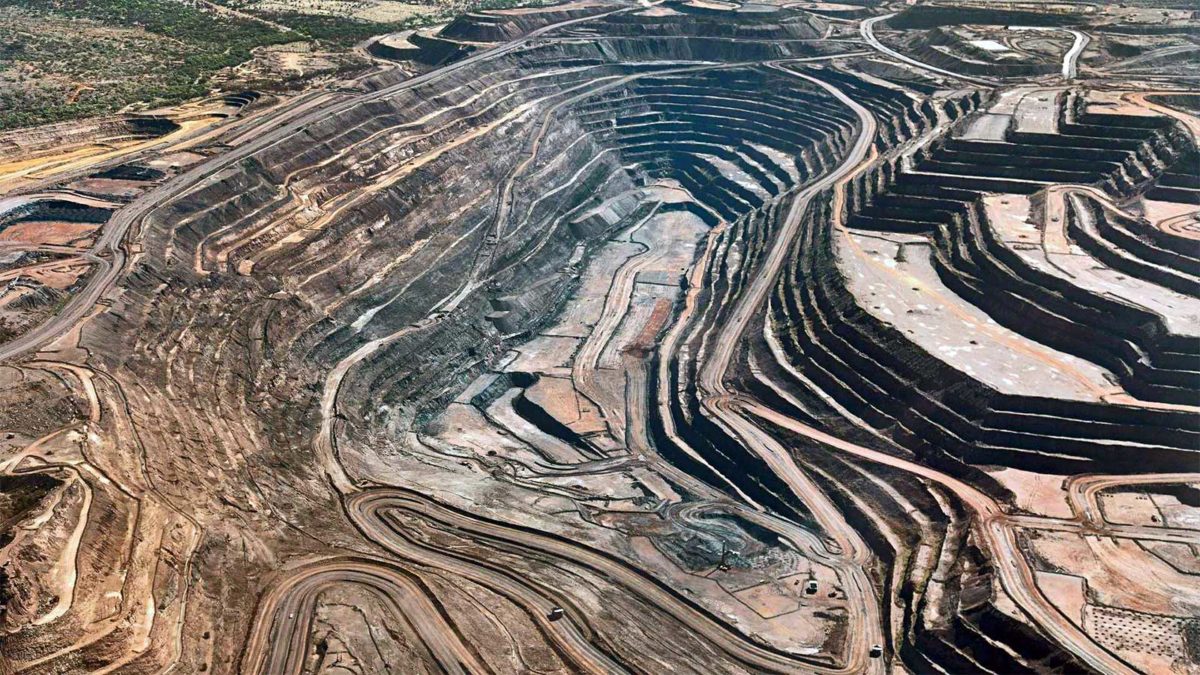Iron ore has fallen over 50 per cent, is it time to sell?
‘Easy come, easy go’. As the saying goes. The same can be said for the price of iron ore, all the way back under US$100 a tonne. But we knew this was going to happen, along with wine and wheat, lobsters and logs, beef, barley and coal. Deals all gone. It’s Beijing punishing us for not playing by their rules and standing up for what we believe to be right and just. And stand up we have. Using trade as a political stick against Australia will not impress the rest of the world. But the rest of the world cannot help us, we must help ourselves.
Some are calling it the end of the great iron ore boom. It was only yesterday we were talking about how glorious our economy was, pulling through Covid with the highest GDP recorded per quarter in history, all thanks to iron ore. In fact, iron ore surged so much that it averaged a record high of US$214 ($291) per tonne in July, well above its mining boom pre-GFC high of US$220.
Here is the iron ore chart, from Trading Economics:

As diplomatic relations between the two countries rapidly deteriorate along with the iron ore price, should we worry? As AMP’s Shane Oliver put it, “Basically, alert but not alarmed,” is the way to be, regarding the 50 per cent plunge in iron ore.
What must be taken into consideration is that prior to the escalation of the iron ore price, the average iron ore price sat around U$S50 a tonne throughout 2018-2019. And the Government is already two steps ahead, having already factored in this decline into the 2020-21 budget assumptions that “the spot price of iron ore would decline to US$55/tonne free on board by the September quarter of 2021.”
Even at its current level, US$100 per tonne, the iron ore price is quite a nice windfall for the budget figures. Fund manager Ausbil released a research report on iron ore forecasting “Iron Ore prices (62% Fines) to taper from current levels towards $140/t in CY22 and $110/t in CY23” and long-term average prices sit around US$70/t.
Investors also have to factor-in what the miners are doing with regard to their cost of production. Fortescue Metals Group, for example, produced iron ore at a cash cost of US$13.93 a tonne in FY21, and expects this cost in FY22 to be in the range of US$15.00–US$15.50. Clearly it will still make money at current iron ore prices.
The price fall is linked to China’s slowing construction sector and recent energy policies. Unlike other exports, Australia rules the iron ore trade. Australia is the largest iron ore producer, with Brazil a distant second; and production from Brazilian miner Vale is still curtailed by court order, following disastrous tailings-dam failures. Some blends of Australian ore are much higher in quality, too. It would be difficult for China to replace Australian iron ore anytime soon. So that means, Australia’s largest source of trade revenue may be secure.
China’s crude steel production last year hit 1 billion metric tonnes. Sure, Beijing wants to lower steel production and figures may drop next half of the year but getting it below 2020 levels will be almost impossible, according to analysts.
China therefore really has no choice but to comply… for now.
As for the Australian economy, it would have been wonderful if iron ore prices had remained at inflated prices for just another half, but it wasn’t so. While iron ore did well during the pandemic, the services sector in Australia was smashed.
The Australian Industry Group performance of services index fell 6.1 per cent to 45.6 in August, meaning it is in contraction. The services sector, meaning hospitality, retail, education etc. account for 78.6 per cent of Australia’s economic activity, so it’s a big deal. Economists expect September quarter GDP to fall by 4 per cent due to the impact of lockdowns in both NSW and Victoria. But the good news is that the economy is gearing up for a mid-late October opening and should see a fast rebound.
Ausbil had been positioning its Ausbil Global Resources Fund with a “negative positioning on the equities exposed to the commodity.” The manager said that the “negative positioning on Iron Ore equities enabled us to allocate towards equities exposed to our preferred commodities (base metals primarily in copper and nickel, battery materials, and oil & gas) which we expect to continue to strengthen from current levels, both at the commodity and equity level.”
More recently though, Ausbil has grown more positive, saying it “continues to see fundamental underlying earnings upside for the Iron Ore producers that is ahead of consensus. And given we view, that earnings are the key driver for share prices, we have been adding to positioning towards the iron ore equities, looking to tactically take advantage of what we view as a commodity that has overcorrected to the downside.”









